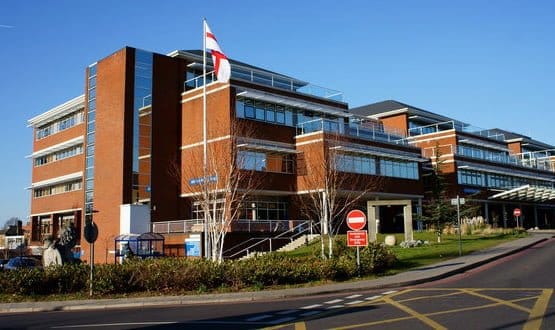St George’s closes six buildings ‘not fit for purpose’
- 9 August 2017

St George’s University Hospitals NHS Foundation Trust has been forced to close six of its buildings which it recognised as being unfit for purpose.
The decision, which was made in early 2016, was revealed in the trust’s response to the recent Care Quality Commission (CQC) investigation in May this year which also found inaccuracies with the trust’s treatment data.
A trust spokeswoman said the unfit state of the buildings was due to years of under-investment and the decision to close the six buildings was reinforced by the CQC in June 2016, following an inspection into the trust’s quality of care.
In July 2016, the trust agreed a plan to improve the condition of its Tooting site by decommissioning buildings in a poor condition.
The spokeswoman said this required moving services into more appropriate facilities both on-site and off-site.
“Clinical services – including renal – were prioritised to stay on-site to ensure that there would be as little disruption to patients as possible”, the spokeswoman said.
“Some non-clinical services were also relocated on-site, while others – including finance – were relocated off-site to 120 The Broadway, Wimbledon.”
She confirmed the relocation programme is now complete. “It means that our patients are being treated in, and staff are working in, safe, fit for purpose buildings.”
During the CQC’s inspection last year they identified 18 out of 31 theatres suffering from poor maintenance and needed rebuilding or refurbishment.
Since its follow-up inspection in May this year, two theatres had been refurbished which formed part of a multi-million pound capital program to refurbish all the trust’s operating theatres. The capital program was scheduled to last three and a half years and is currently in progress.
Jacqueline Totterdell, chief executive of the trust, said apart from the theatre refurbishment programme, it is also replacing their energy centre.
“All improvements noted by the inspectors reflect the hard work and commitment of our staff who always want to do their best for patients”, Totterdell said.
While their Warning Notice has been lifted following the CQC’s May inspection – which includes best interest decisions about patients and the management of medicines – Totterdell agreed that more improvements still need to be made.
“The inspectors confirmed that there is still a lot more to do – particularly with regard to some of our systems and processes and, most important of all, management of referral to treatment data.”
The recent CQC quality report stated that: “Referral to treatment data was still inaccurate and still not being reported to NHS England.”
About two million patients had been identified, dating back to 2014, where the trust was not able to say with certainty that these patients had been treated or were at the correct stage of their care pathway.
“So far, two cases of serious harm to patients had been identified, as a result of delays in making their follow up appointments”, the report stated.
A recent Freedom of Information request revealed that two patients came to “severe harm” – where one patient suffered a stroke that might have been prevented and another received late treatment for cancer due to record keeping issues.
According to the report, a recovery programme and clinical harm review group was making progress, “but it could take up to two years to be fixed.”





3 Comments
Is the CIO up to the job?
Maybe if they sell the buildings off they will invest it in something critical, like the development of health data scientists, so that insight could be gained in how to make significant improvements in efficiency.
I wonder if being “fit for purpose” included any reference to lack of wi-fi, poor N3 bandwidth or switches no longer supported or able to be patched?
These are the sort of things that should be looked at , especially when service contract renewals come up and sites are mandated as delivery points.
Comments are closed.